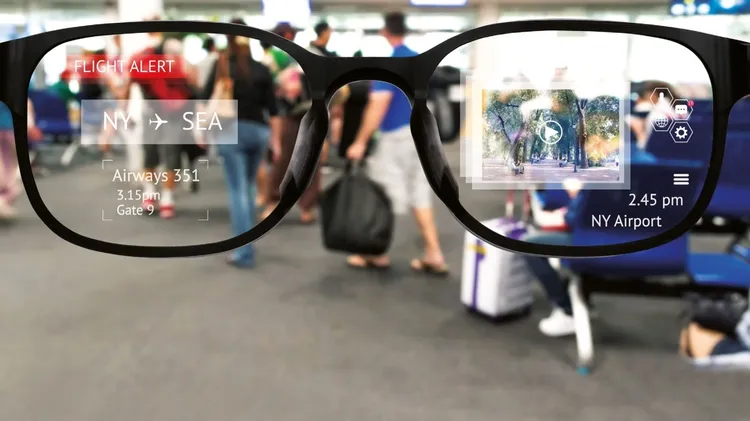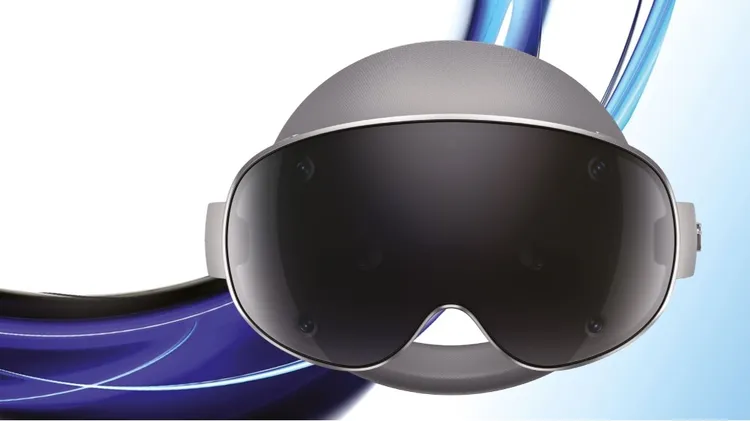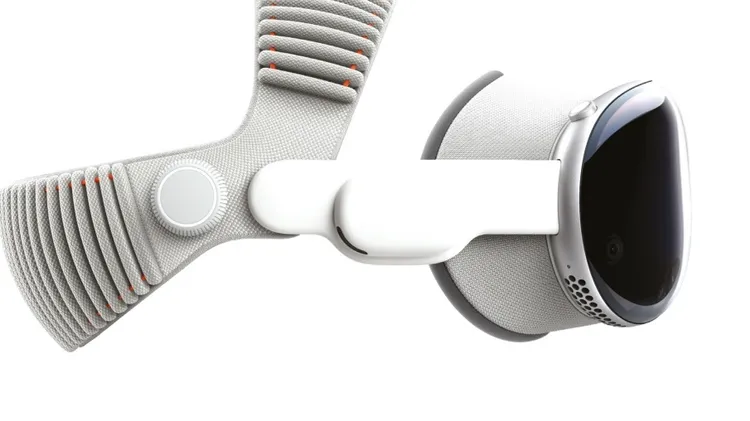Despite decades of hype, virtual reality has never bee
Take a bold leap into a brave new world
8 min read
This article is from...
Read this article and 8000+ more magazines and newspapers on Readly






